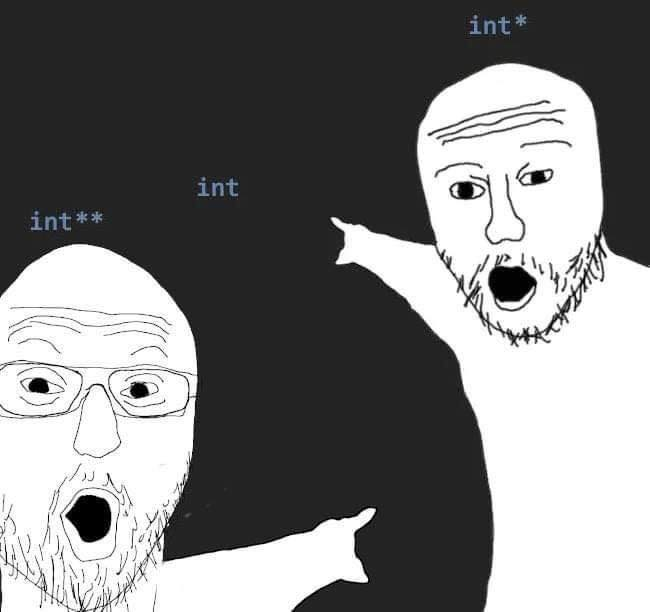So I’ve never actually used a machine with UEFI before I’ve always been on older machines with BIOS.
I got a Dell Optiplex 3070 Intel core 9500T (gen 9) 2.1 GHz 16GB ram 256gb SSD but it has windows 11 on it.
I hate Windows, and I don’t want any trace of it left on my machine. I’d prefer Debian but would even take Ubuntu over Windows What is the best guide for this for someone who has never messed with UEFI before?
If you are using a typical distro like fedora, debian or ubuntu, and you are wiping everything, you don’t really need to know anything. The installer will handle everything for you. Just delete all partitions while installing and start fresh and it should all just work.
If your install media refuses to boot for whatever reason, then you may have to disable secure boot in the system EFI/BIOS menu.
Uefis have been around since ~2010 so at this point all distros understand how to use them, and at this point default to working perfectly with them.
Secure boot is the only real potential road block. You can just turn it off if you don’t care about it.
The only thing that could cause you problems is Secure Boot but you can disable that from the UEFI settings menu. Hit the bios key during bootup and it should take you there.
Won’t make much of a difference usually. Worst that may come up is having to import the key from the distro during boot of your flashdrive. Otherwise go through the installer, delete windows or tell installer to wipe the disk and install over windows.
Always back up your stuff, but after doing so, the process is pretty much boot to bios, set boot priority with linux usb at the top, and away you go.
If you have secure boot enabled, you might have to enter a pass code or passphrase but otherwise its identical to traditional bios. If you want secure boot, which prevents someone else from doing this process to your machine, re enable after you’ve installed nvidia drivers otherwise you’ll have to provide it your secure boot password during and sometimes it likes to break.
Look for the option when installing that is along the lines of “wipe entire drive.”
If you want Debian, check out Vanilla OS. They reached a milestone not too long ago, and it’s a bulletproof distro. It containerizes most programs, it’s immutable, and has atomic updates.
Someone already mentioned, turn off secure boot in your BIOS/uefi settings.
You’ll probably notice very little difference, especially if you go with one of the default partition layouts. If you were to manually lay it out, you’d need to make sure you have an EFI partition on a GPT partition table, but otherwise it should be normal.
Like others have said, Secure Boot can be miserable, but in my experience, it works automagically with Debian so long as you stick to official kernel packages. The only hiccup I’ve had before (assuming a normal kernel package) is that on my shiny new Thinkpad E16, I had to go into the UEFI settings and enable non-Microsoft certificates (it was a single toggle). After that, my experience with Debian was pretty smooth (I had a minor issue with Wi-Fi, but it’s not relevant to your question).



